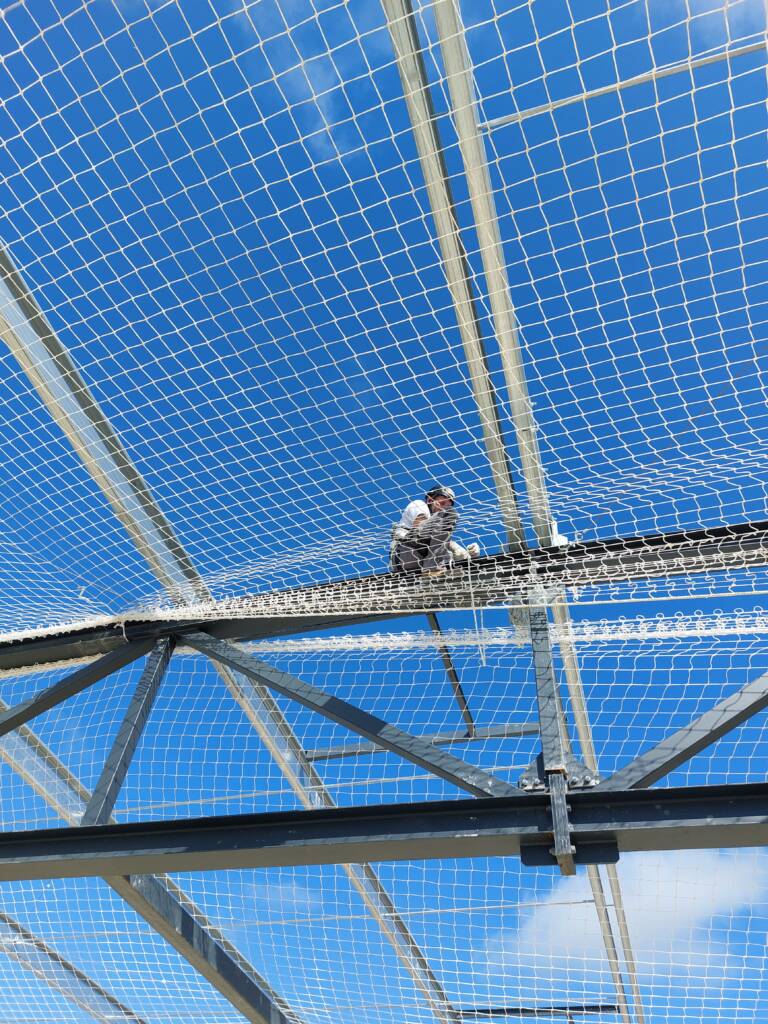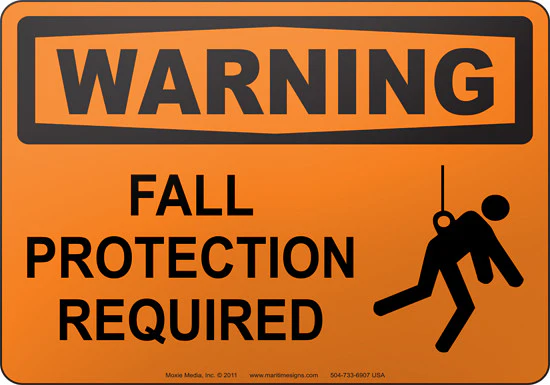What does the regulation say?
According to Regulation 2016/425 of the European Parliament and of the Council of 9 March 2016, the following definitions apply: (extracts from Article 3)
- ‘personal protective equipment‘ (PPE):
- equipment designed and constructed to be worn or held by a person to protect him or her from one or more hazards to his or her health or safety;
- an interchangeable component for equipment referred to in point (a) that is essential for the protective function of that equipment;
- a connection system for equipment referred to in point (a) that is not held or worn by a person, that is designed to connect that equipment to an external device or a secure anchorage point, that is not designed to be permanently fixed and that does not require a fastening operation before use; […].
- ‘conformity assessment‘ means the process of demonstrating whether the essential health and safety requirements of this Regulation in relation to PPE have been met;
- ‘conformity assessment body‘ means a body that carries out conformity assessment operations, such as calibration, testing, certification and inspection; […].
- ‘CE marking‘ means the marking by which the manufacturer indicates that PPE complies with the applicable requirements of Union harmonisation legislation providing for its affixing.
They are classified in category III: “risks that can have very serious consequences such as death or irreversible damage to health”.


Manufacturer’s obligations:
- According to this Regulation, the PPE manufacturer must, among other things:
- Ensure that PPE has been designed and manufactured in accordance with applicable essential health and safety requirements
(set out in Schedule II of the Regulations). - Implement a quality level monitoring system during mass production.
- Affix the CE marking, the identification number of the notified body for production control and the reference
the applicable PPE standard. - Provide a lot or serial number to allow identification of the PPE.
- To provide the CE leaflets and declaration of conformity.
The Regulation also specifies that “PPE intended to prevent falls from heights or their effects shall include a
body gripping device and a connecting system that can be connected to a secure external anchorage point. They must be designed
and constructed in such a way that, when used under the foreseeable conditions of use, the difference in height of the body is also
as low as possible to avoid impact with an obstacle, without the braking force reaching the threshold
occurrence of bodily injury, or the opening or rupture of a component of such PPE that could result in the fall
of the user”.
Employer’s duties :
The French Labor Code supplements these elements by specifying the obligations for the Employer, in particular to:
- Carry out or have carried out a risk assessment and define the equipment necessary to carry out the work.
- Equip your employees with the necessary equipment.
Provide them with training by a competent person for working at height.Organize - periodic checks (at least annually) of fall protection PPE.

